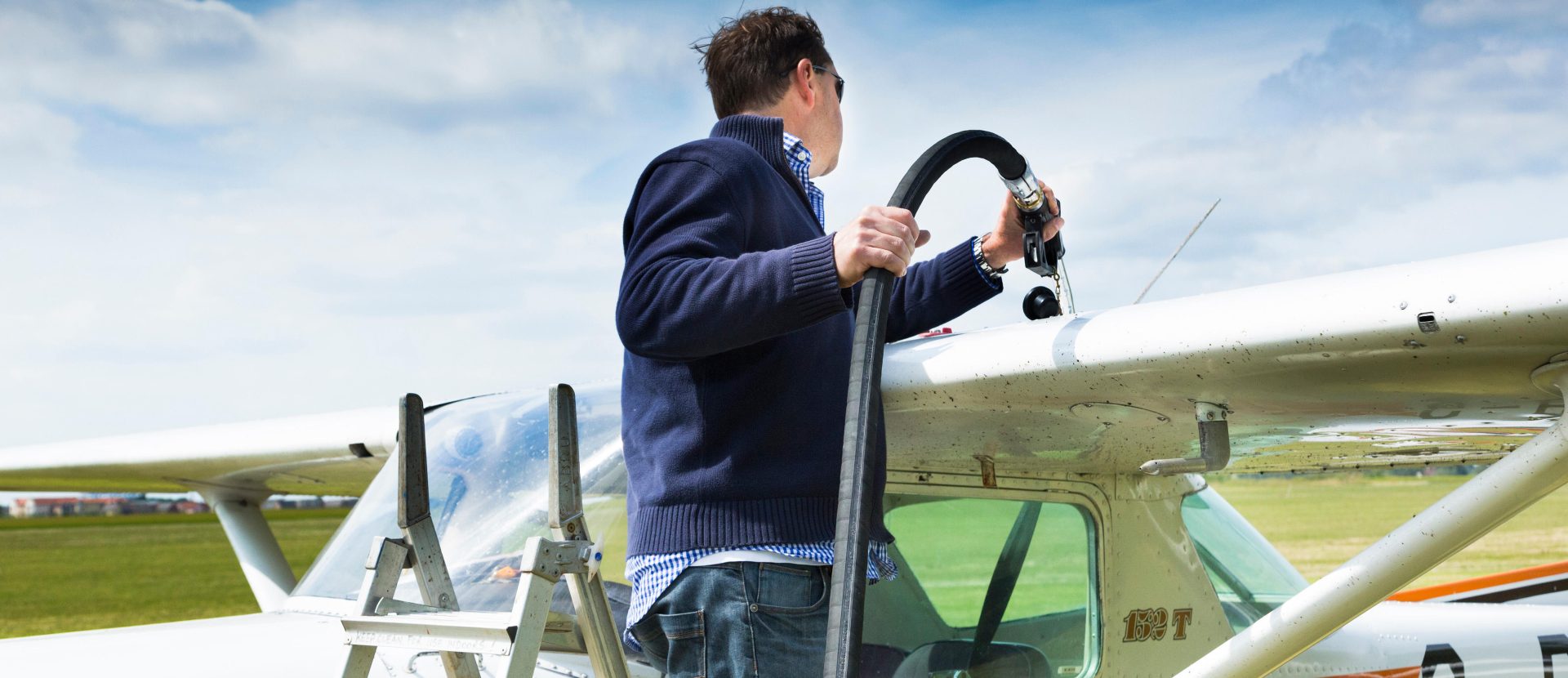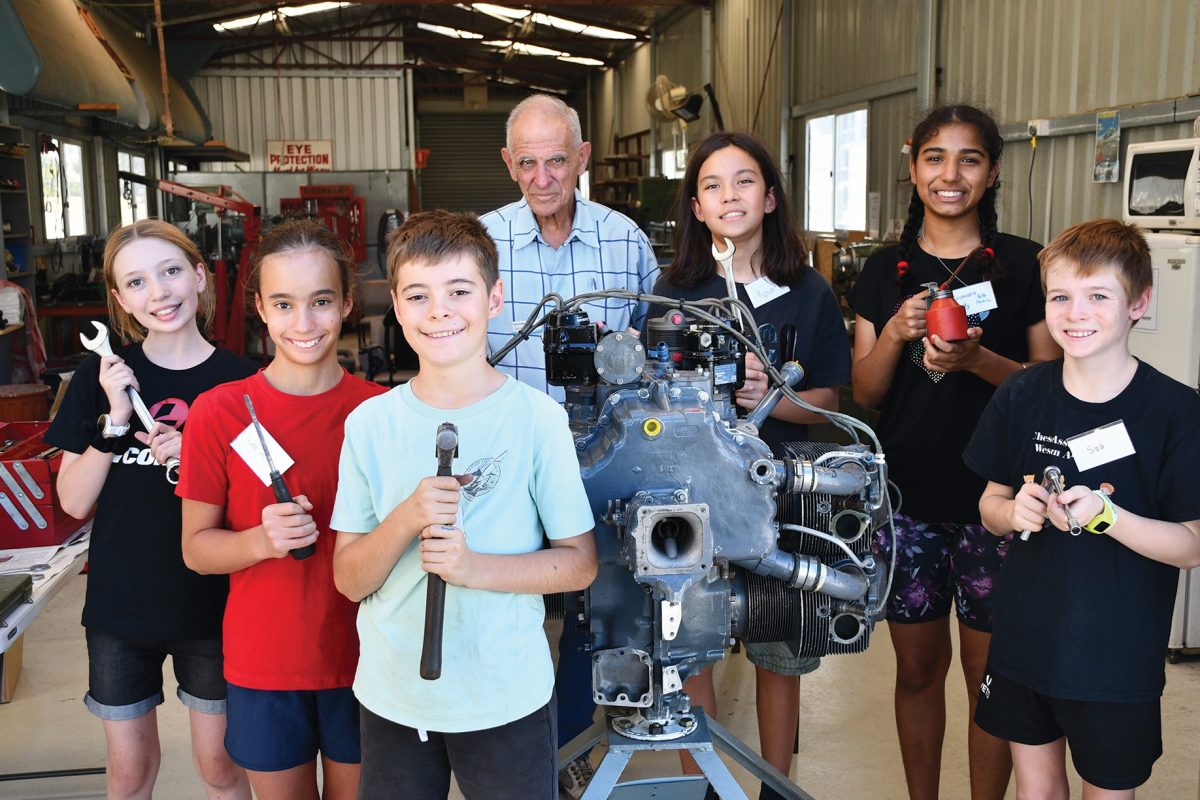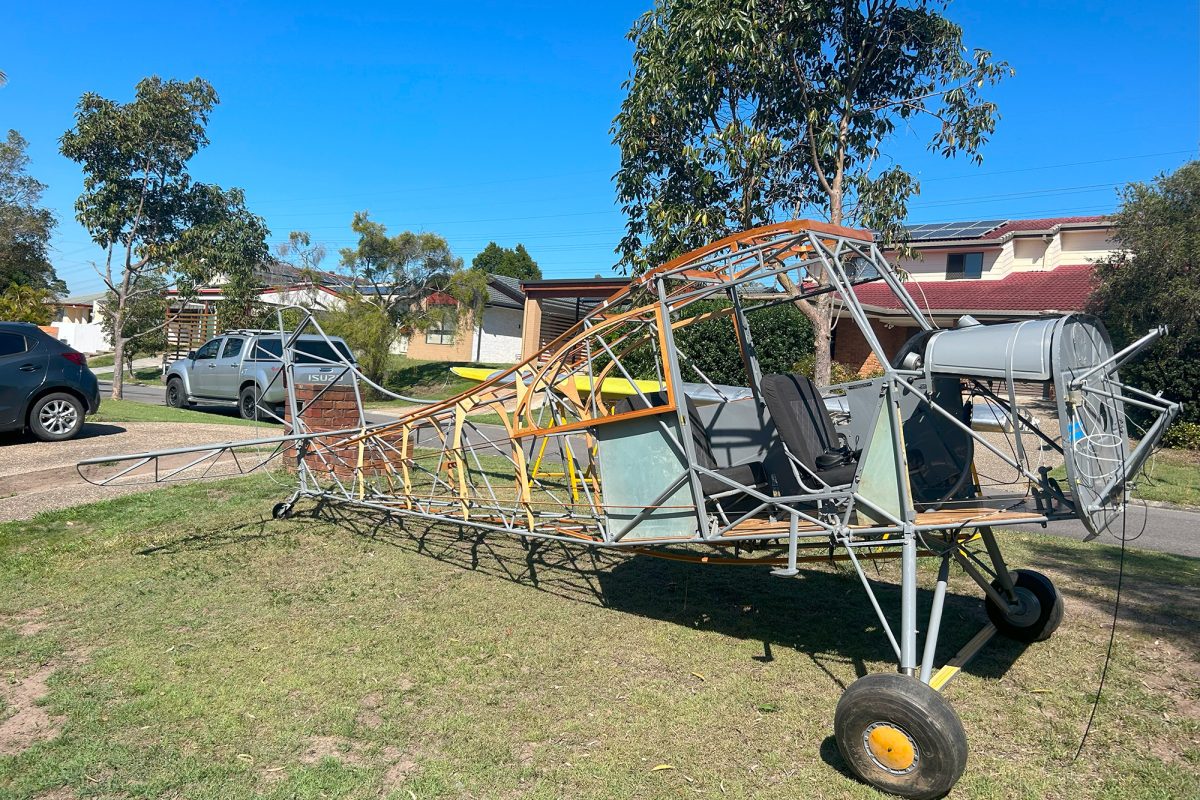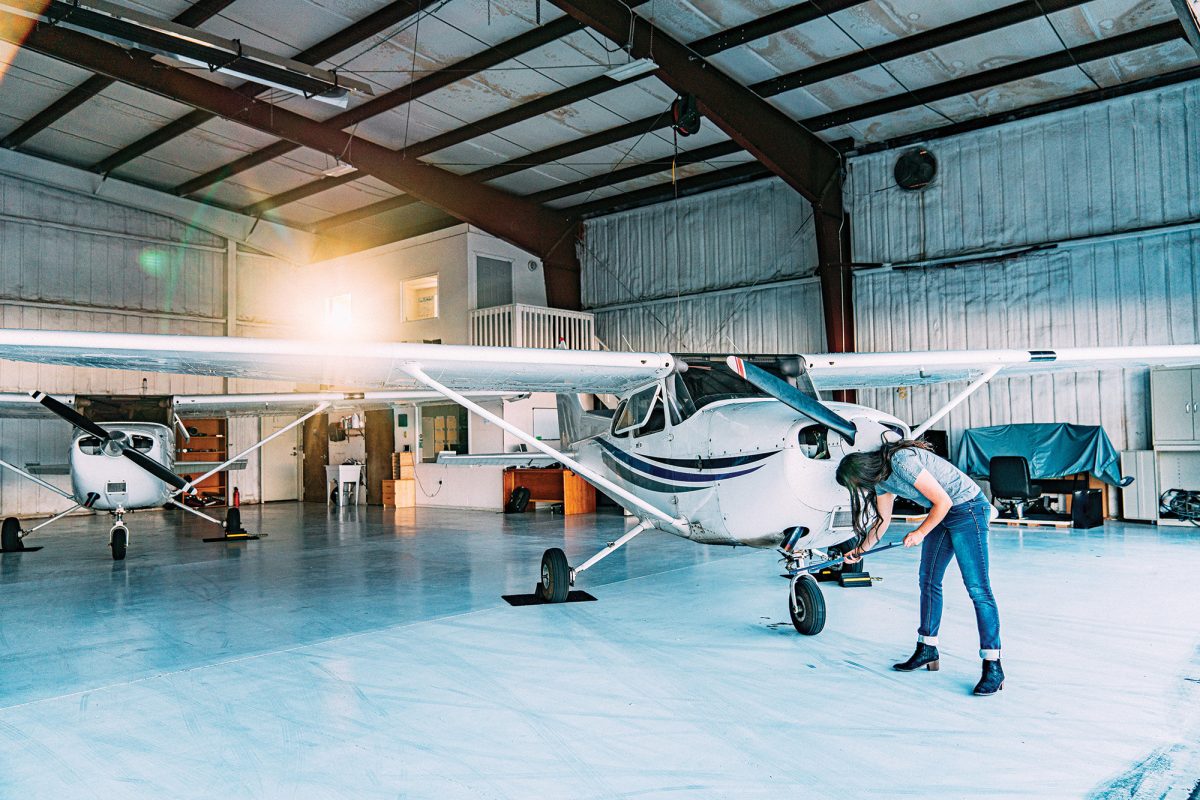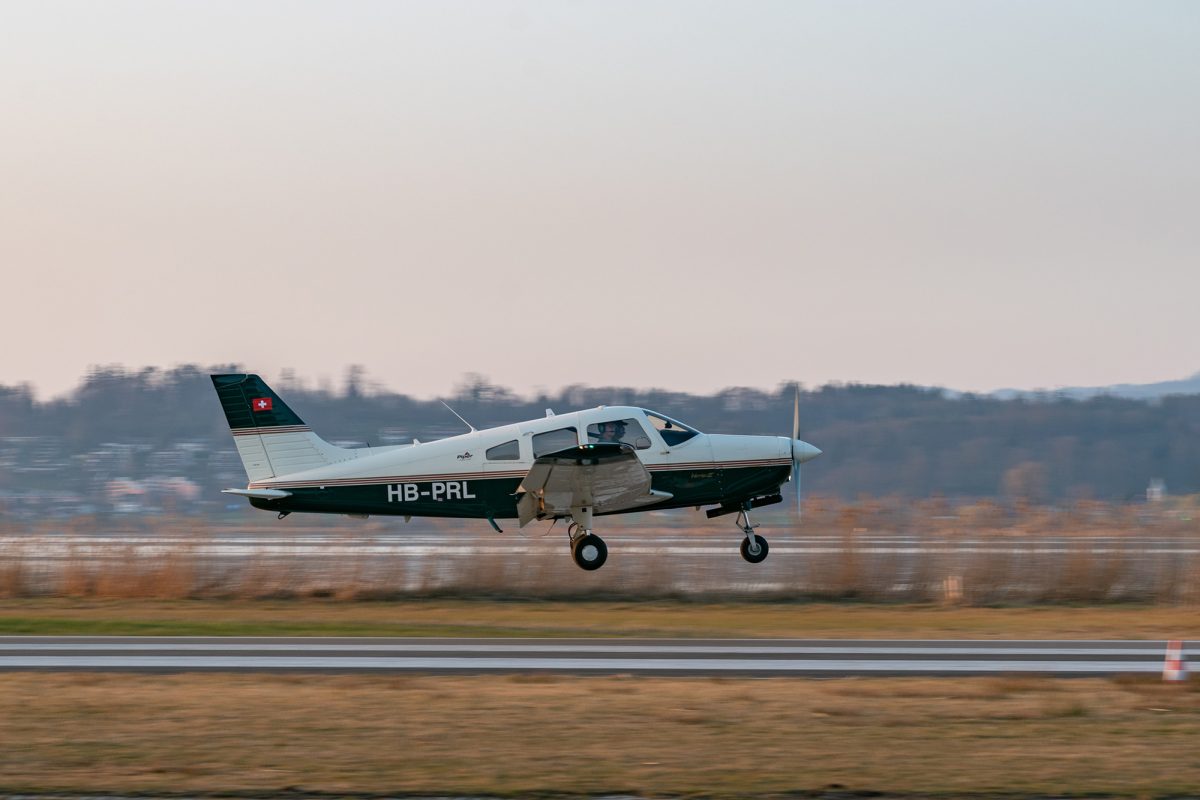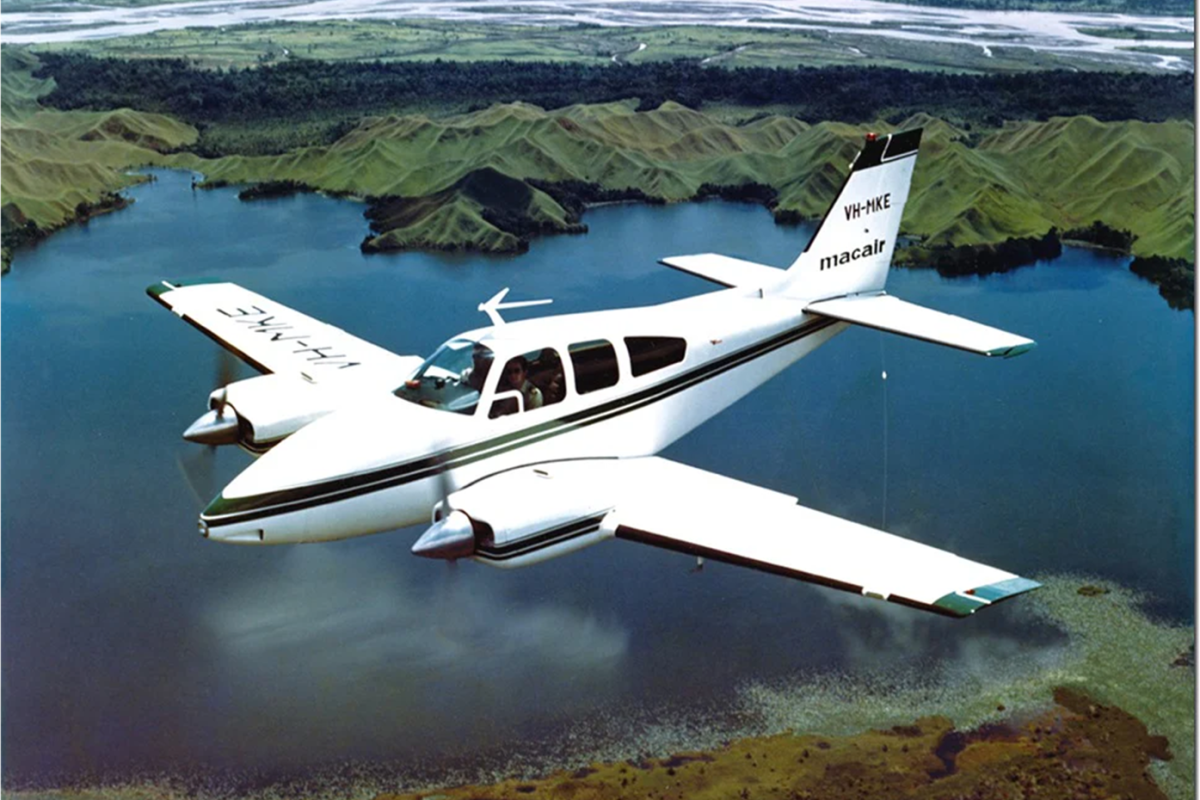Aviation fuel is the unsung hero of flight—engineered with precision to ensure the performance, reliability, and safety that flying demands. While some may assume it’s similar to the petrol used in cars, aviation fuel is a different beast altogether. From AVGAS, which powers smaller piston engines, to JET A1, which fuels turbines, each type of aviation fuel plays a critical role in keeping aircraft aloft. These differences also come with challenges, such as potential safety risks that pilots need to understand to avoid costly or dangerous mistakes.
Aviation Fuel vs. Car Fuel:
More Than Just Petrol
A common misconception is that aviation fuel is comparable to automotive petrol, but the reality is far more complex. Aviation fuel must perform under extreme conditions: freezing temperatures, high altitudes, and intense mechanical strain. The type of fuel an aircraft uses, how it’s stored, and the conditions it encounters all contribute to the success or failure of a flight. Understanding these factors is critical for pilots.
In this article, we’ll explore the three main types of aviation fuel—AVGAS, MOGAS, and JET A1—and what makes each one unique.
AVGAS: A Long-Standing Staple Undergoing Change
For decades, AVGAS (aviation gasoline) has been the fuel of choice for general aviation, particularly for piston-engine aircraft. Easily recognisable by its blue tint, AVGAS 100LL (low lead) has an octane-rich formulation designed to prevent engine knock, ensuring reliable performance in high-stress flight conditions.
Unlike automotive petrol, AVGAS is resistant to water contamination, which is essential for aviation safety. However, water that does manage to get into the fuel system can settle at the bottom of tanks, potentially causing engine issues if it isn’t properly drained before flight.
Environmental concerns have driven the industry to move away from leaded AVGAS, with new unleaded alternatives such as G100UL and UL94 currently being developed. These new fuels aim to provide the same high performance as traditional AVGAS without the environmental impact. The transition won’t be simple—many aircraft engines may need modifications to run effectively on the new fuels. Pilots will need to stay informed about these changes as fuel selection becomes more complicated during this shift.
MOGAS: An Alternative for Light Aircraft
MOGAS, or motor gasoline, is essentially highgrade car fuel that meets aviation standards. It offers a lower-cost option for some pilots, particularly those flying light-sport or recreational aircraft. The affordability and availability of MOGAS make it appealing, but it’s important to understand that not all MOGAS is suitable for aviation.
The petrol sold at most service stations contains ethanol, which can cause serious problems for aircraft. Ethanol attracts water, leading to phase separation—a process where water and fuel form distinct layers in the tank. This can cause engine failure if undetected. Aviation-approved MOGAS is ethanol-free, ensuring a safer and more reliable performance for aircraft. However, it’s not appropriate for every engine. Pilots need to be sure their aircraft is compatible with MOGAS before making the switch.
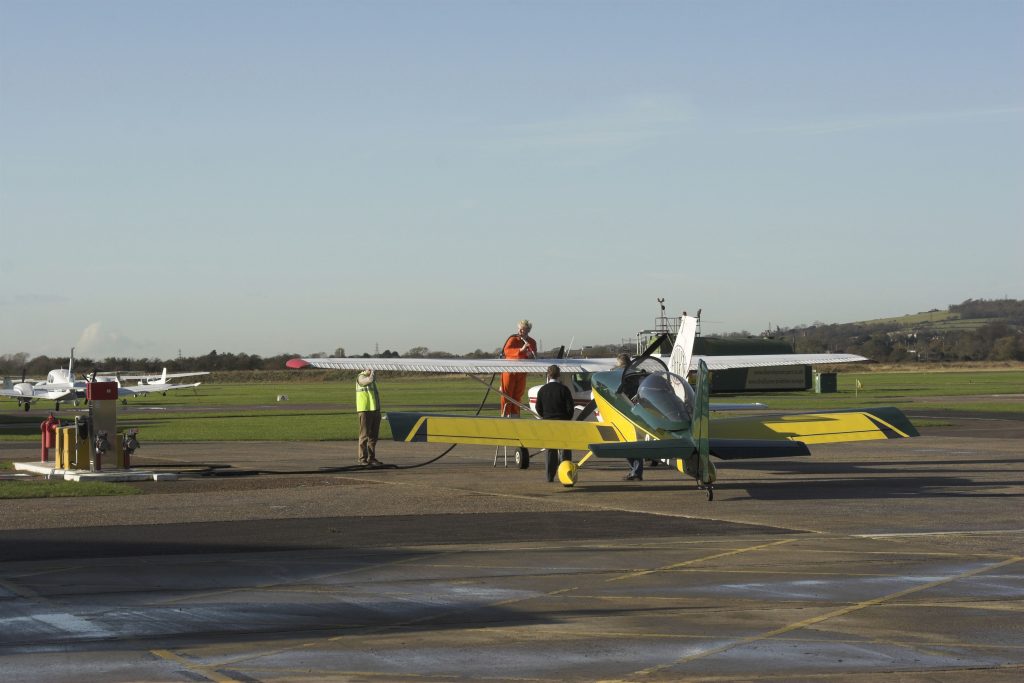
JET A1: The Kerosene-Based Powerhouse
For jets and turbine-powered aircraft, JET A1 is the fuel of choice. It’s a kerosene-based fuel that offers high energy content and stable performance at high altitudes. While JET A1 is primarily used by commercial jets, it’s becoming more popular in general aviation thanks to the increasing use of diesel-powered engines optimised for aviation.
One of the key advantages of JET A1 is its low volatility, making it safer to handle compared to AVGAS or MOGAS. Its freezing point of -47°C also makes it ideal for high-altitude flying, where extreme cold could otherwise cause fuel to freeze and clog lines.
Diesel engines running on JET A1 are gaining popularity for their fuel efficiency and reliability, offering recreational pilots a cost-effective alternative to AVGAS-powered aircraft. As kerosene is often cheaper than AVGAS, diesel-powered planes can provide significant savings over long distances, making them an increasingly attractive option.
The Cost of Fuel: Balancing Price and Efficiency
Fuel costs are a significant part of flying, and different types of fuel come with varying price tags. AVGAS The familiar sight of planes queuing up for fuel. is the most expensive due to its complex production process and distribution requirements. MOGAS offers a cheaper alternative, but it has a lower energy density, meaning that aircraft may burn more fuel to cover the same distance.
JET A1, while often more affordable than AVGAS, offers the highest energy content, making it the most efficient option for long-haul flights. However, fuel prices fluctuate depending on location and market conditions, so pilots need to be savvy when it comes to fuel planning, especially when flying long distances or to remote areas.
Water Contamination: A Hidden Threat
One of the biggest risks to aviation fuel is water contamination. Water can get into the fuel system through condensation, particularly in environments with significant temperature variations. Water in fuel is especially dangerous for aircraft, as it can block fuel lines and cause engine failure.
The type of fuel used affects how water behaves in the system. In AVGAS, water sinks to the bottom of the tank, waiting to be drained before it can cause damage. MOGAS, with its ethanol content, is trickier—water can mix with the fuel, making contamination harder to detect. While JET A1 is generally less prone to water contamination, it still requires careful handling to avoid build-up.
Pilots must be diligent in managing water contamination by regularly draining fuel sumps and tanks before each flight. Even small amounts of water can cause serious problems in the air. Storing aircraft with full fuel tanks helps minimise condensation, reducing the amount of air in the tank where moisture could collect. In cold climates, fuel additives can also be used to prevent water build-up.
Staying Safe: Avoiding Fuel-Related Accidents
Many fuel-related accidents in aviation result from negligence—using the wrong fuel, skipping critical safety checks, or failing to account for water contamination. Pilots, no matter how experienced, can fall into the trap of complacency. It’s important to maintain discipline and take fuel management seriously.
Checking for water in the fuel system should become second nature. Ensuring that the correct fuel is used, and that it meets the aircraft’s engine specifications, is absolutely vital. As aviation technology continues to evolve, so must a pilot’s understanding of the fuels they use, especially with the introduction of new unleaded alternatives and the growing use of JET A1-powered diesel engines.
Embracing the Future of Aviation Fuel
The aviation industry is on the cusp of significant change, with the gradual phase-out of leaded AVGAS and the development of new unleaded alternatives. Diesel-powered aircraft and turbine engines running on JET A1 offer exciting possibilities for general aviation, providing pilots with more fuel-efficient and environmentally friendly options. Yet, these advancements bring with them new challenges, requiring pilots to stay informed and adaptable.
In the end, understanding aviation fuel is about more than just saving money—it’s about ensuring the safety and success of every flight. Fuel management may seem like a mundane part of aviation, but it’s a critical factor in keeping pilots and passengers safe in the skies. By respecting the complexities of aviation fuels, pilots can fly with confidence, knowing they are prepared for whatever challenges may arise.
Aviation fuel is a vital part of every flight, and understanding its complexities is essential for any pilot. From the transition to unleaded fuels to the growing use of JET A1, the landscape of aviation fuel is changing. By staying informed and vigilant, pilots can ensure their aircraft operates safely and efficiently, no matter where they fly.
